
How to cook the perfect hamburger, while seemingly simple, actually requires a lot of culinary techniques. Should you grill or use a cast iron pan? What’s the ideal lean-to-fat ratio for burger patties? The best buns? Condiments?
Here to help is George Motz, a hamburger expert with credentials ranging from Hamburger America, cookbook Great American Burger Book and YouTube series, Burger Scholar Sessions. While there are great versions of turkey or vegetarian burgers, this article will focus exclusively on beef.
The meat
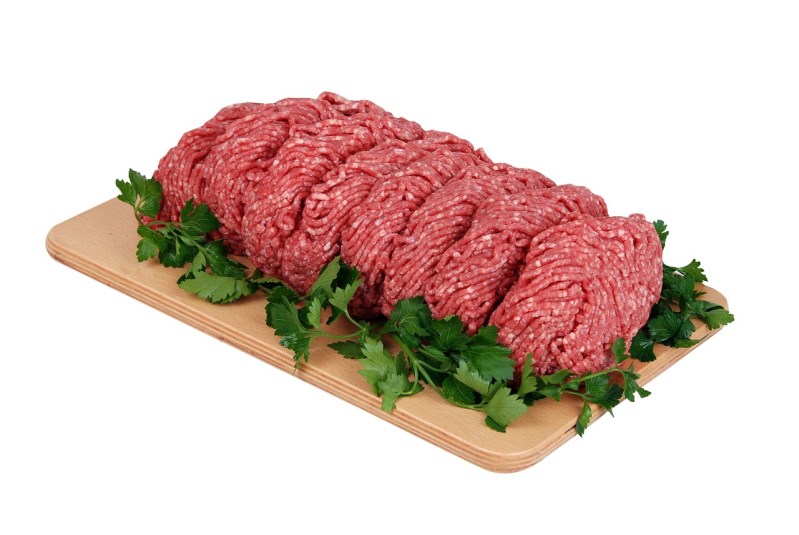
For the best patties, it’s important to obtain good quality fresh ground beef. Don’t use the pre-formed burger patties found in the freezer section. These might seem like an acceptable shortcut, but the taste of the finished product will be noticeably inferior.
There are two ways to obtain fresh ground beef — at a local butcher shop or the grocery store. While the meat section of a grocery store is good, a great local butcher shop is the best option, as most will have a custom hamburger blend. These blends are usually a combination of steak trimmings and chuck. Located on the cow’s shoulder, chuck is the most common and the best overall beef cut for burgers. Compared to leaner cuts like sirloin, chuck has the ideal blend of both lean meat and fat. The best burger ratio is 80/20 or 75/25 (lean meat to fat). Too little fat and the burger tends to dry out, and too much fat produces excess grease and shrinkage.
In recent years, it’s become trendy for burger blends to feature nontraditional cuts like brisket or short rib. The effect of adding these cuts is largely negligible, according to George. Most of these cuts are meant to be slow-cooked, and any natural “sweetness” imparted from them will be indiscernible when blended together.
Finally, while grinding your own meat can be a great experience, it’s also a time-consuming and tricky process. An experienced butcher will instinctively know the right ratio of fat and meat by sight and experience. But for the home cook, it can be difficult achieving that ideal ratio.
The bun
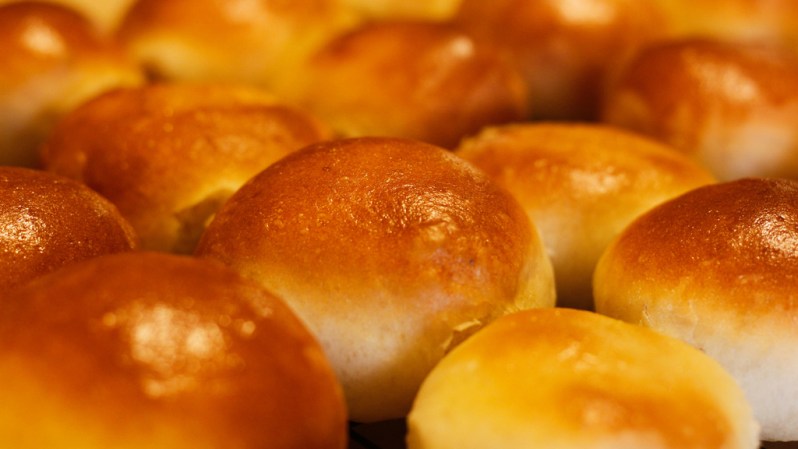
For burger buns, simple is best. For instance, although delicious, brioche buns contain too much sugar, which can easily overpower the flavor of the meat. While some ambitious home cooks choose to make their own hamburger buns, common supermarket brands like Arnold’s produce a good quality product. In most cases, the humble white burger buns are great.
Perhaps the best overall bun is Martin’s potato roll. The potato roll has a great flavor that’s sturdier and less sweet than classic white buns. This sturdiness also allows the potato roll to maintain its structural integrity without being too hard.
The cheese
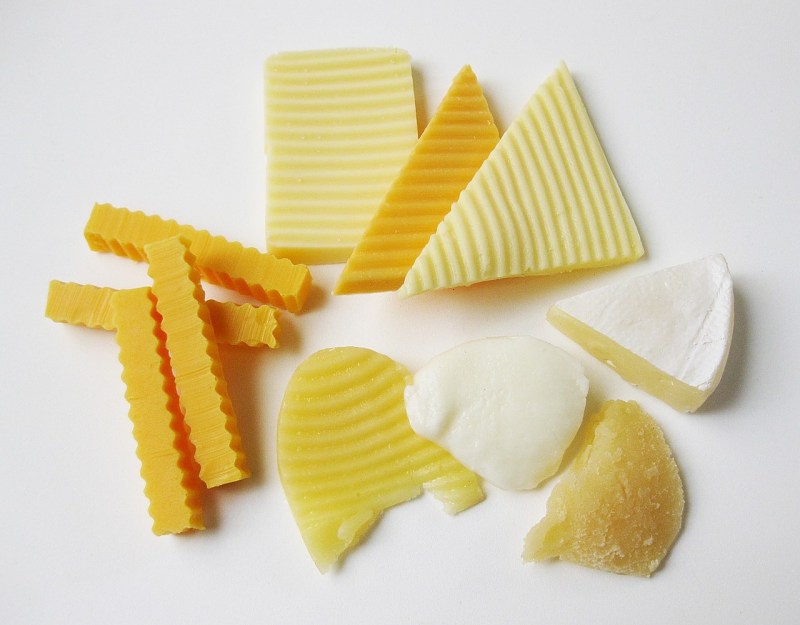
For George, there’s no burger cheese quite like the humble yet delicious American cheese. While other types of cheese might taste great, they don’t melt and coat a burger as flawlessly as American cheese. This melt factor is also an issue with cheddar or swiss as the patty can overcook while waiting for them to melt properly.
Grilling vs. flattop
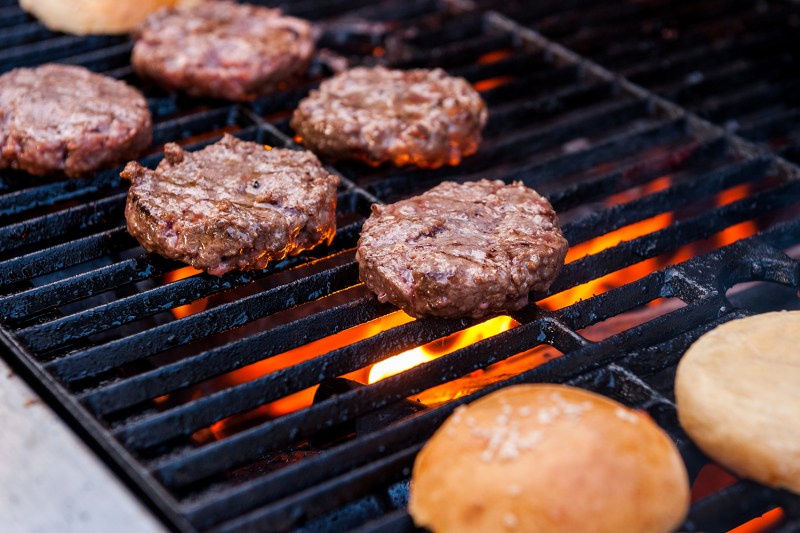
Grilling burgers, while great for imparting charcoal flavor, can be quite difficult to master. While grilling, a cook has to consider temperatures as well as flame conditions. If not properly maintained, burgers on a grill can easily become burnt hockey pucks. For the best results, use charcoal grills, not propane, for that flame-broiled flavor.
In most cases, cooking burgers on a griddle/flattop or pan is the best option. It’s much easier to achieve the right crust and doneness on a flattop than a grill. But it’s important to remember some key points. For that great burger crust, make sure the pan (preferably a cast-iron skillet) is hot. Also, if there’s too much fat in your burger grind, grease fires are a potential issue.
The condiments
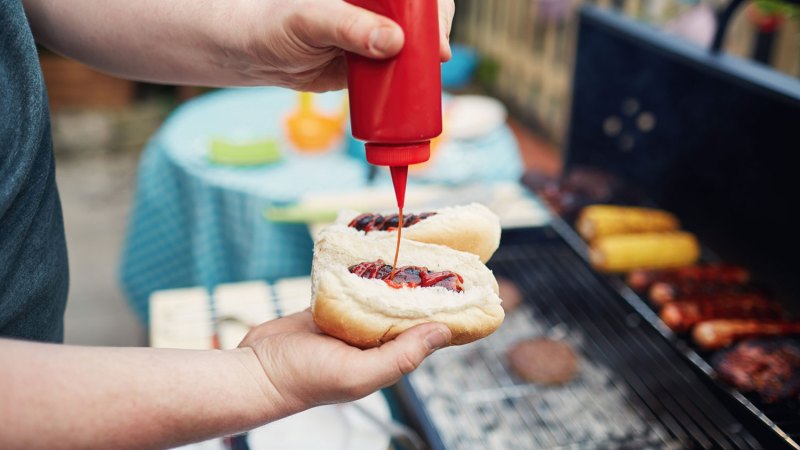
For burgers condiments, there’s one straightforward rule — keep it simple. No need for truffle oil or fancy salts. No need for ten different sauces. Instead, stick to two to three condiments per burger. In many cases, the more condiments, the worse a burger ends up tasting. Traditionally, the first American hamburgers only used mustard, pickles, and raw onions.
Finally, ketchup is a controversial condiment for burgers. Ketchup, in George’s opinion, is too sweet for burgers, and its addition will overpower the flavor of the beef, which should be the star.
Smoked burger with remoulade recipe
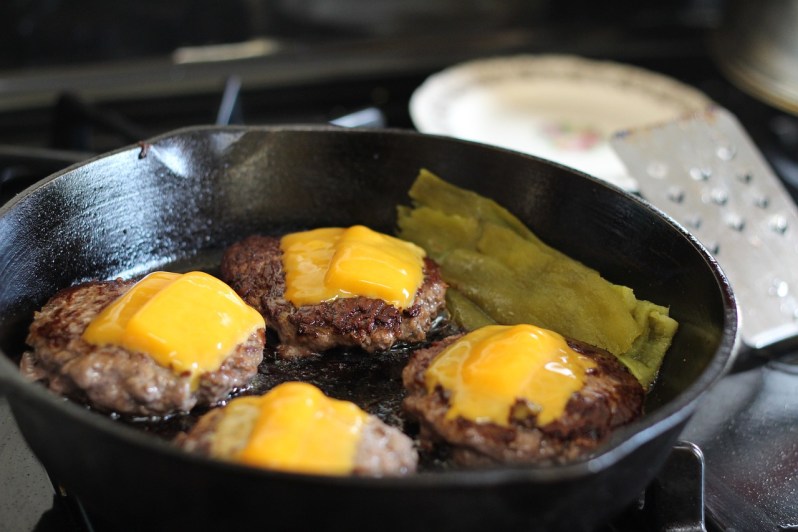
(From George Motz)
Ingredients:
Burgers:
- 1 pound high-quality ground chuck
- 4 seeded burger buns
- Butter
- Tony Chachere’s Original Creole Seasoning
Remoulade:
- 1/2 cup mayonnaise
- 1 clove garlic, chopped fine
- 1/2 teaspoon lemon juice
- 1/2 teaspoon pickle juice
- 1 teaspoon dill pickles, diced
- 2 teaspoons sweet paprika
- 2 teaspoons horseradish
- 2 tablespoons Creole mustard
- 1/2 teaspoon Worcestershire sauce
- 1 teaspoon Tony Chachere’s Louisiana Pepper Sauce
- 1 1/2 teaspoons Tony Chachere’s NO SALT Creole Seasoning
Method:
-
Heat smoker to 225F.
- Form beef into thick patties and season generously on all sides with Tony Chachere’s Original Creole Seasoning.
- Smoke for 50 minutes.
- Combine all remoulade ingredients in a small bowl, whisking to combine. Refrigerate while burger patties smoke.
- Place hamburger patties into a cast iron skillet or flattop at 400F, seasoning them with Tony Chachere’s Original Creole Seasoning.
- Butter the hamburger buns and place butter side down on the skillet near the burger patties.
- Cook the burgers until liquid forms on top of the patties, then flip and top with cheese.
Editors' Recommendations
- Tips and tricks: A pro chef reveals how to cook prime rib
- Experts agree: The salmon cooking tips you need to tap its great benefits
- How to master the perfect ribeye steak: Tips, tricks (and a delicious recipe)
- Can Beefalo Beat Beef (or Buffalo) to Become Meat’s Future?
- A Meat Expert’s Guide to Show-Stopping Holiday Roasts





